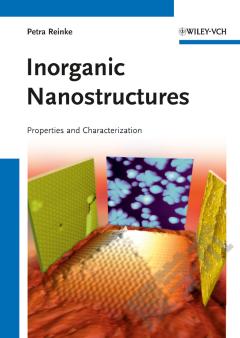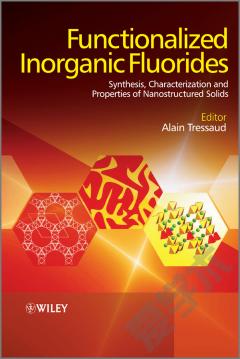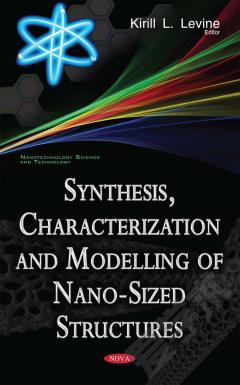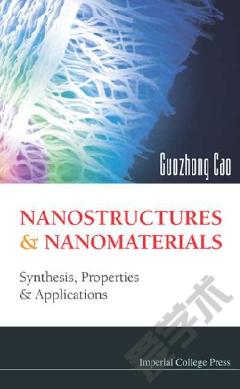Synthesis, Characterization and Properties of Nanostructures
Reducing the dimensions of contiguous matter, down to the nanometer scale, confines the electronic and vibrational wavefunctions and results in unique properties which open up a wide vista of potential applications in optics, mechanics, electrical engineering, magnetic devices, catalysis and biomedicine. Nanostructures, characterized by having at least one dimension in the nanometer range, are considered to be a bridge between single molecules and their bulk counterparts. The challenge for nanotechnology is to achieve perfect control of the nanoscale-related properties; which obviously requires correlating the parameters of synthesis with the resultant nanostructures. Nanostructures are also ideal subjects for computer simulation and modeling: in computations related to nanomaterials, one deals with a spatial scaling ranging from a few nanometers to a few micrometers and a time-scaling ranging from a few femto-seconds (fs) to 1 second - with a limit of accuracy better than 1 kcal mol-1.This special-topic volume describes the novel computational and experimental approaches developed in order to resolve questions concerning the growth of nanostructures, their characterization and modeling. Motivated by the increasing need to synthesize and understand the properties of materials at the nanoscale, this issue is very timely and is an important step towards improving the knowledge of how nanomaterials can be made ever more useful to modern technologies.
{{comment.content}}








 京公网安备 11010802027623号
京公网安备 11010802027623号